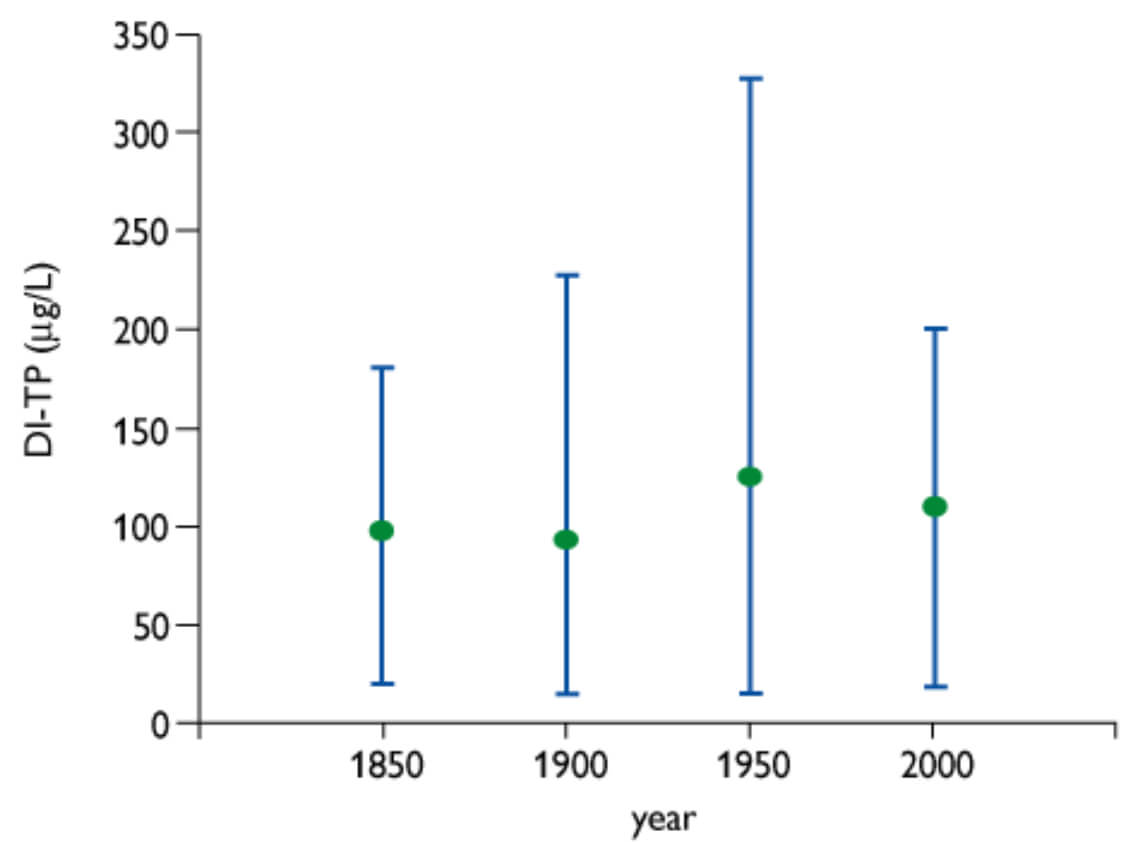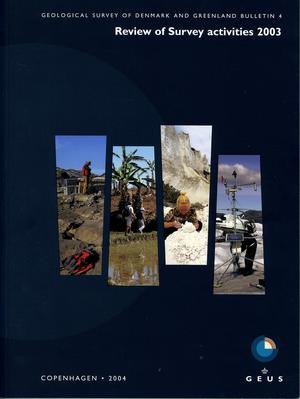
How to Cite
Share
Abstract
The Danish Nationwide Aquatic Monitoring Programme (Kristensen et al. 1991; Kronvang et al. 1996) is one of the most comprehensive in Europe and, compared with other national programmes, was put in place at an early date: the systematic monitoring of freshwater lakes began in 1989. As with all such programmes of long-term environmental monitoring, its value multiplies with time as an increasing number of scientific hypotheses can be tested and management questions addressed using the growing body of data. However, the aquatic monitoring data, as for many natural systems, are limited to the scale of decades and so may not identify important longer-term trends or be useful in the determination of ‘baseline’ (pre-industrial or pre-agricultural impact) conditions. The study of lake sediments, palaeolimnology, offers a means of extending the monitoring of lake status back in time and can be used to determine baseline conditions (e.g. for water chemistry variables), to define trends and rates of change, and to identify the causes of change (Battarbee 1999). The data obtained from palaeolimnological studies can provide a yardstick against which current and future changes may be assessed. Furthermore, restoration targets for lakes impacted by for example enhanced nutrient loading, will be aided by a knowledge of the environmental conditions of a pre-disturbance state, defining both potential targets for restoration and the limits to what a restoration project might achieve (Battarbee 1999).
How to Cite
Share
Downloads
Editors: Martin Sønderholm & A.K. Higgins
The Review of Survey activities presents a selection of 23 papers reflecting the wide spectrum of activities of the Geological Survey of Denmark and Greenland, from the microbial to the plate tectonic level.
The Survey's activities in Denmark are documented by ten papers. These include discussion of the [...]










